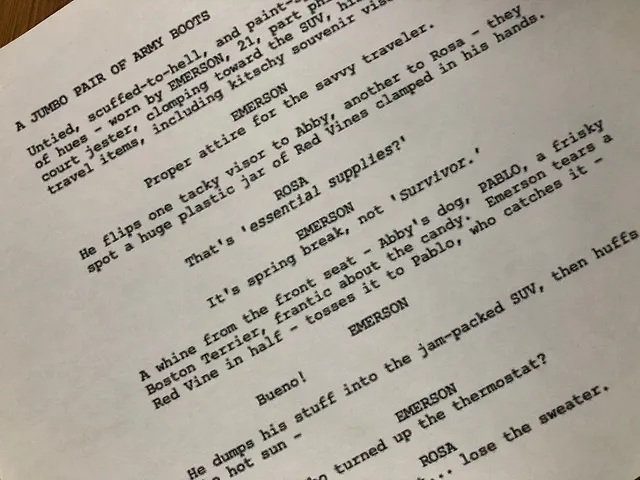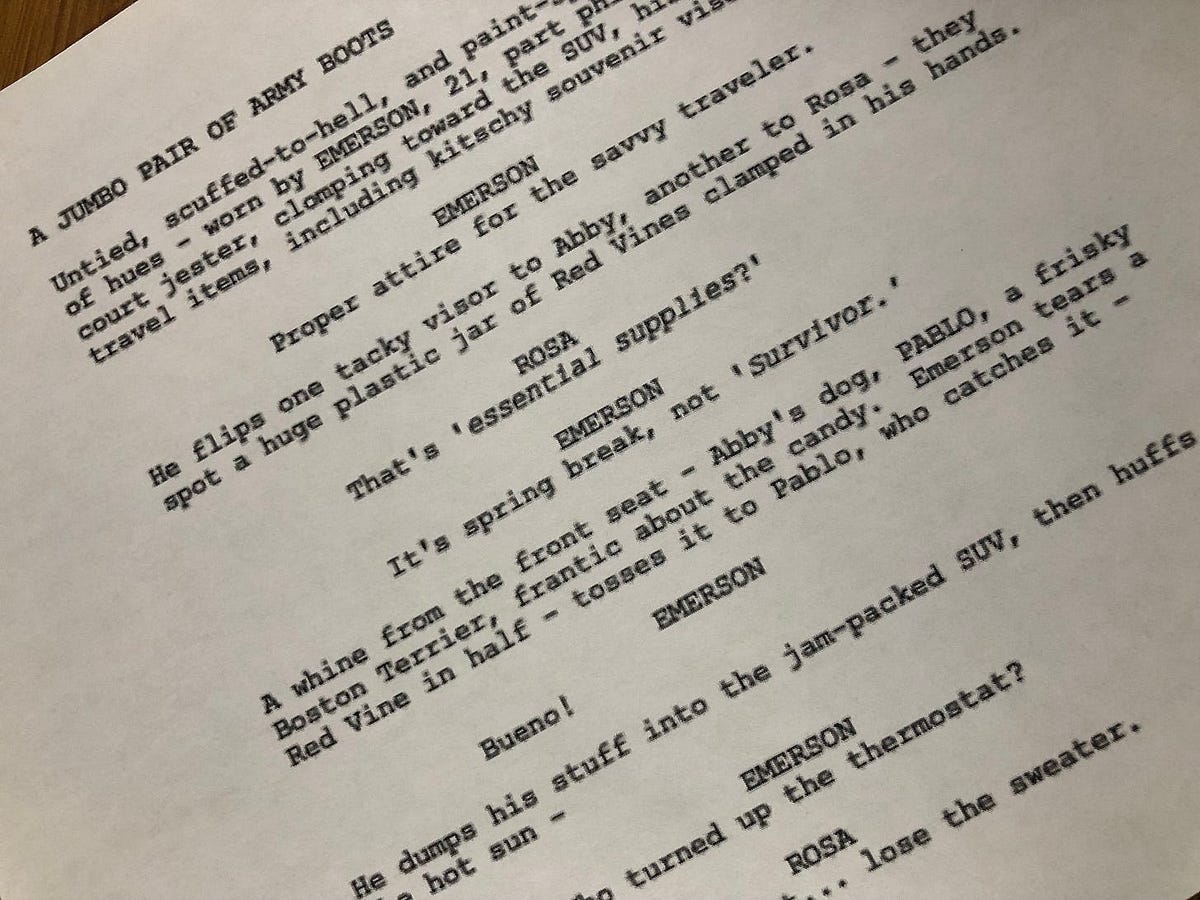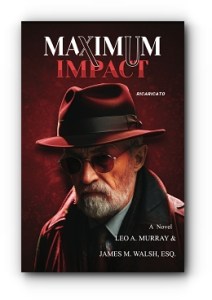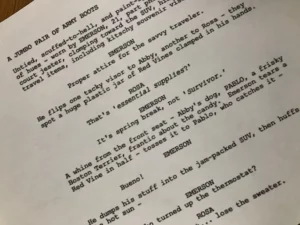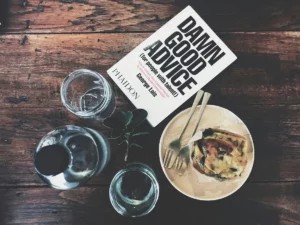“Unlocking Secrets of the Screenwriting Greats: What the Denouement Taught Us About Mastering Storytelling”
If you’re a screenwriter looking to elevate your storytelling game, you’ve probably found yourself tangled in the intricate web of plot twists and climactic moments. How do you ensure your audience is on the edge of their seats, and more importantly, how do you keep them guessing until the very end? Enter Anita Loos, a groundbreaking writer from the early days of Hollywood who wielded words like a maestro conducts a symphony. In her teachings, she set forth pivotal guidelines for crafting a striking denouement—sort of like finding the perfect secret ingredient that transforms a good dish into a culinary masterpiece. So, whether you’re penning an intense drama or a light-hearted comedy, let’s delve into the pearls of wisdom that she imparted on navigating those critical concluding moments with flair. Get ready to unlock some classic techniques inspired by the brilliant Loos and her husband, John Emerson, as we explore how to map out those high-stakes twists that leave your viewers gasping for air. LEARN MORE.

“The two important rules in building up to the denouement of your plot are: First, bring the situation to the highest or lowest possible point before you give your story the twist which solves the situation and, second, don’t give your point away beforehand.”
If you are a screenwriter, you should know about Anita Loos. Loos was one of the most influential writers in the early stages of American cinema, associated with 136 film projects per IMDb.
Married to writer John Emerson, the pair wrote one of the first books on screenwriting in 1920: “How to Write Photoplays”. I have been running a weekly series based on the book. You can access those posts here.
Today: The Denouement [P. 90]:
The two important rules in building up to the denouement of your plot are: First, bring the situation to the highest or lowest possible point before you give your story the twist which solves the situation and, second, don’t give your point away beforehand.
The revelation should come instantly to get the effect. Once you have started to tell the secret, tell it in three words, and then hold your action so that the audience is stirred to its depths.
As noted in last week’s post, Loos and Emerson use the term denouement differently than…

